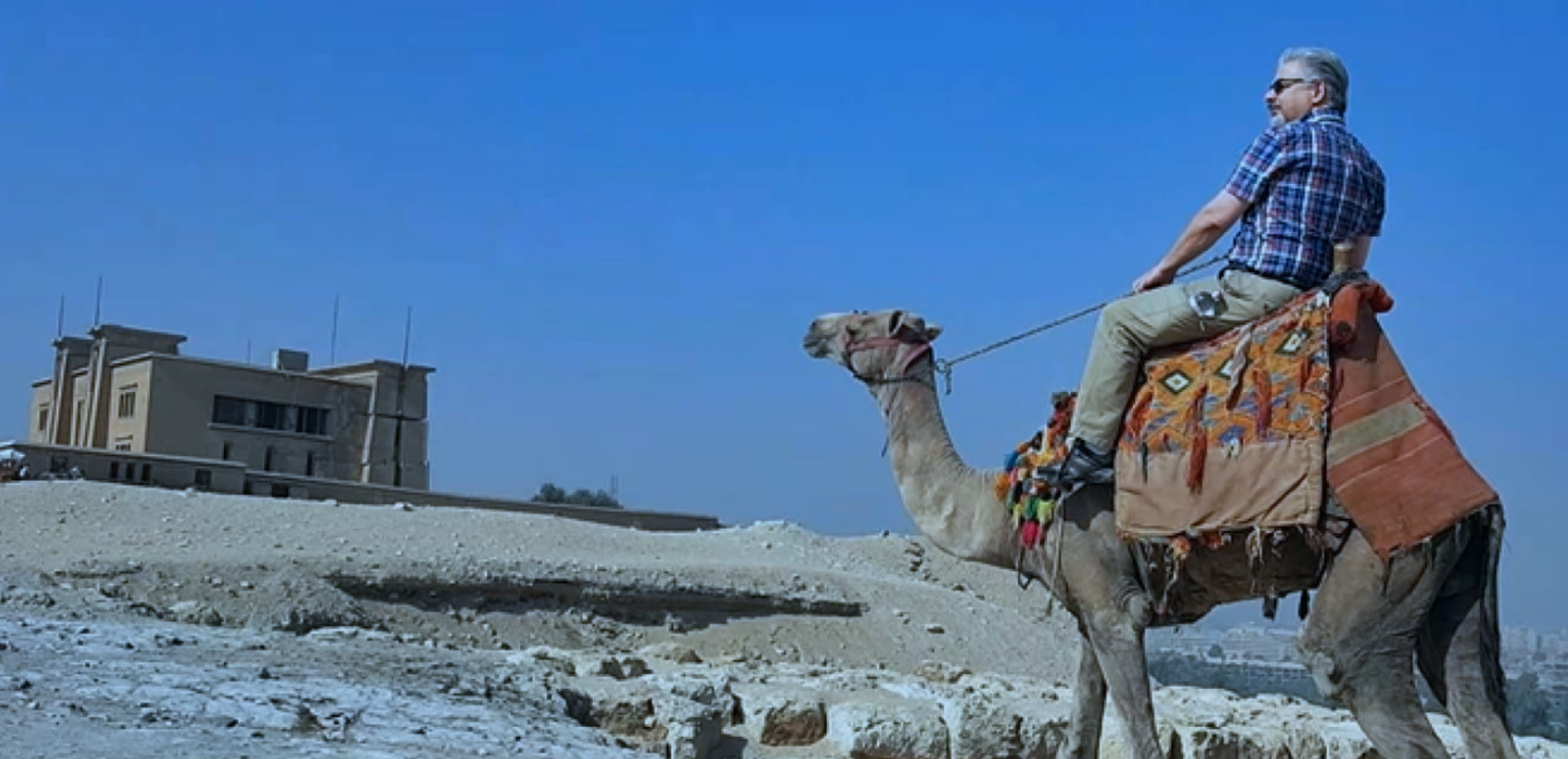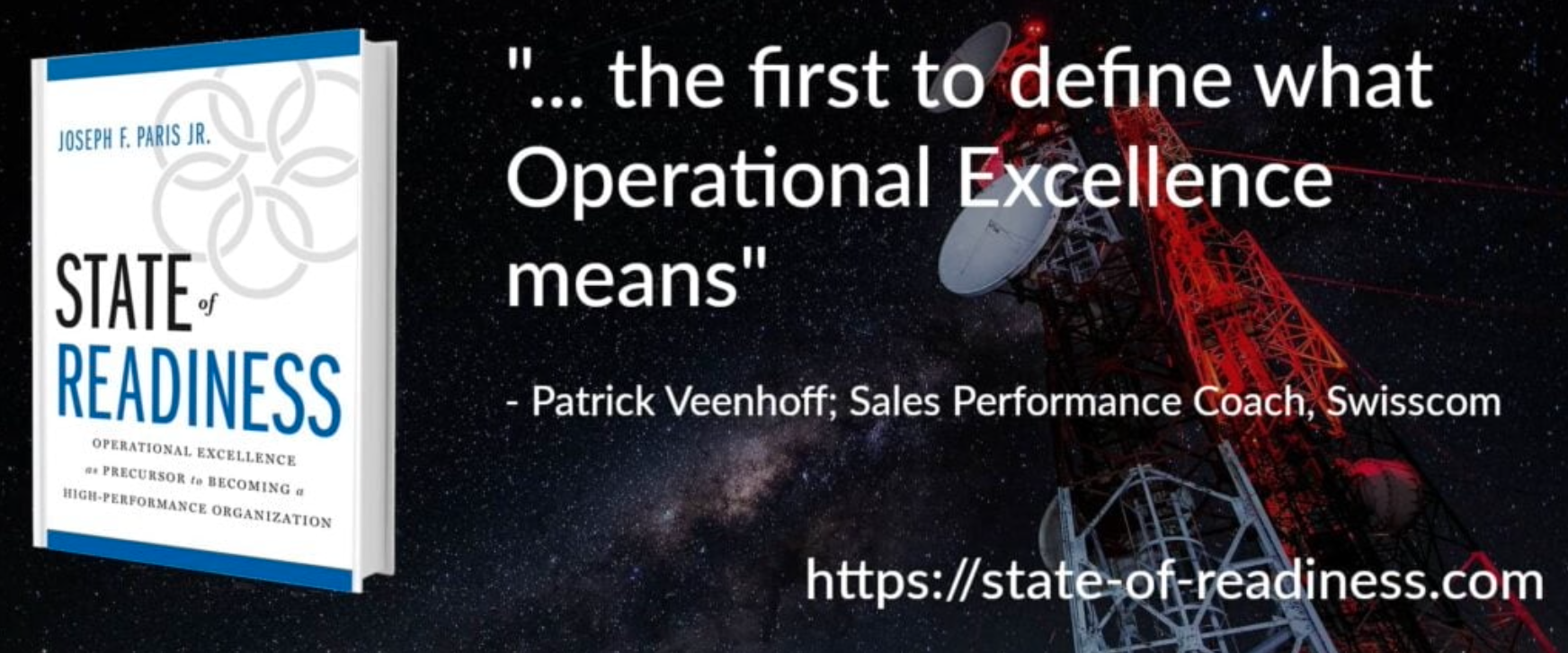 It’s January 2020. I have just made a pitch to the corporate big-wigs for a way to reduce their real-estate costs (premises including rent and utilities), their corporate travel costs, even their carbon footprint using the latest telephony and collaborative applications. I postulate that they will even see an increase in productivity while improving their employee’s work-life balance; no more one-hour commutes each way.
It’s January 2020. I have just made a pitch to the corporate big-wigs for a way to reduce their real-estate costs (premises including rent and utilities), their corporate travel costs, even their carbon footprint using the latest telephony and collaborative applications. I postulate that they will even see an increase in productivity while improving their employee’s work-life balance; no more one-hour commutes each way.
The only thing they need to do is to make the decision for all their executives and knowledge-workers to work from home. And all of this can be accomplished within 30days or less. All they have to do is say “do it”.
As I am ushered down the hallway, I can still hear the laughter coming from the conference room.
Of course, this is a fiction. I never had that meeting. But if were to have happened, I am certain the outcome I described would be absolutely possible, even probable. Yet less than two months later, that is exactly what organizations around the world did.
In October of 2009, I wrote an article, “Cloud Telephony: Nomads at Last”, inspired by a Special Report (April 12, 2008) I had read in The Economist on telephony and how it was in a position to change the world. It was thought provoking and inspiring enough that I kept it (and have it still).
I started my article by sharing the introduction from the special report;
At the Nomad Café in Oakland, California, Tia Katrina Canlas, a law student at the nearby university in Berkeley, places her double Americano next to her mobile phone and iPod, opens her MacBook laptop computer and logs on to the café’s wireless internet connection to study for her class on the legal treatment of sexual orientation. She is a regular here but doesn’t usually bring cash, so her credit-card statement reads ‘Nomad, Nomad, Nomad, Nomad’…”
Re-reading my article, I am amazed that what impressed me so much back in 2008/9 would only give me a yawn today; namely eliminating a telephone system and hard-wired telephones for a “virtual PBX”. By that, I mean the following from the article was the “wow”. It’s pretty boring today.
“The power of this system was made apparent one day over the summer when;
- an incoming call for me came in on our UK telephone line (complete with UK-accented auto-attendant),
- it was answered by the receptionist in the USA on her mobile while she was walking to the post office,
- she transferred the call from her mobile to me,
- where I answered on my Skype whilst sitting in Frankfurt, Germany.
The caller couldn’t tell any of this – completely transparent. In fact, there have been several occasions where the “receptionist” has needed to work from home – and One-Box was able to make this a reality.”
Still, the Special Report was one of the most transformational articles I have ever read and it set in motion a transformation of my company.
When I started my consultancy (XONITEK) in 1985, we were like every other consultancy. We had an office to which everyone reported and our clients were mostly regional, within a three-hour drive of our offices. And this is how we operated for the next twenty years.
Naturally, not only were our clients regional, but our employees were even more regional; with all of them living within 30 minutes of our offices. And the pool of our prospective employees was also in that fairly tight zone.
In the early 2000’s, we were re-inventing the company from being technology focused – mainly selling, implementing, and supporting Enterprise Requirement Planning (ERP) systems – to being a business management consultancy with a focus on operations and supply chain. Our primary value proposition was in systems science, industrial engineering, and process improvement using Lean Six-Sigma.
There being a lack of local talent for these specialties forced me to look further afield for people to hire; and none of the candidates I found wanted to move to Binghamton, New York (and I didn’t want to pay relocation expenses). This was a real challenge.
Around 2002, I eventually hired my first “remote” employee. He lived near Saratoga Springs, New York, which is approximately three hours from Binghamton. The plan was that we would meet at least once a month for a “Situation Report” (SitRep, for short).
He was dating, then married, a woman who lived in San Jose, California. I asked him how that was going to work; him being in New York and her being in California. He explained to me that he was going to spend one week a month in San Jose and she was going to spend one week a month in Saratoga Springs. I thought to myself that, at just over 40 years old, I must be becoming a fogey for not understanding modern relationships.
Our new offerings in operations management found us going further and further afield as our clients became ever-larger organizations; mostly publicly-traded companies with multiple facilities scattered around the country with some having operations in Canada and Mexico. As such, our team was coming to the office quite a bit less.
I remember the transformational conversation as if it was yesterday. It was 2005, and it had been a few months since I had met with my remote employee. So I called him to set a date to meet. He told me he was out in San Jose, so I suggested we meet the following week when he was back in Saratoga Springs. That’s when he dropped the bomb on me; he had moved to San Jose three months earlier.
It was an open secret; everyone in the office knew this except for me.
He had been out in San Jose for three months and it had probably been five months since we had last met. All the projects he was assigned to were going well. There were no noticeable challenges for him being in California; and the reality was there were no challenges at all for him being there.
The normal and expected response was for me to be upset (why else keep it a secret). But strangely, I wasn’t upset at all. Instead, I was rather fascinated at the situation and an epiphany soon followed.
Why couldn’t I scale this model? Why couldn’t I just hire the talent wherever they were?
Our clients were scattered about, why couldn’t the resources also be scattered? Taking a step further, why do I need employees at all? Why couldn’t I just build a giganourmous network of specialists who could be organized and deployed for the project as needed?
I could organize and deploy “SEAL Teams”; highly specialized and experienced individuals who have a command of their discipline, were a perfect fit for the circumstances of the client (industry, business challenge, geography, language, and so on), and who could make forward progress the moment they walked through the door? No longer would I have to worry about resource utilization and “selling what’s on the truck”, even if they were not the perfect resource for the project; as is the model for most other consultancies.
This was my mission; to have a virtual workforce of highly specialized and expert “SEALs” who were able to be organized into teams that were custom configured to meet the exact needs of the mission and could be quickly deployed for maximum impact in the shortest amount of time.
This mission was accomplished in 2009.
Simultaneously, I looked to eliminate as much overhead as possible.
At the time, in 2005, we had approximately 12,500 square feet (1,150sm) of office space. It was empty almost 75% of the time (occupied 45 hours per week with there being 168 hours in a week available). Everyone had a desk and work area, but they were there perhaps only a couple of days per week on average (except for the administrative assistant who was there almost every day and me who was there half-time).
My mission was to greatly reduce, perhaps eliminate, this space; reducing it by 50% within two years and reducing it by another 75% within two more years; with the goal being to completely eliminate office space if it were possible.
I also relentlessly worked to eliminate all non-value-add overhead by whatever means possible. My transformation method of choice would be to; evaluate quickly, make and implement the decision, and then see if any of the “fears” of that decision became a reality. Looking back, I can’t recall any fears I might have had actually manifesting themselves.
The amount of cash savings realized was mind-blowing; it still leaves me in awe.
In my original article from 2009, I wrote of the future; “Our lease is up in December of 2010. If I can find a reasonable solution for hosting our internal IT systems, my plan is to go completely Nomad and be completely without bricks and mortar.”
In June of 2010, the possible became a reality; we had shed all our office space, my companies had dissolved in New York and reformed themselves in Wyoming, and I had moved to Germany. Our very real company had a virtual footprint.
But the technology available in 2010, and the investment requirements required to acquire and implement at the time, is like living in the stone-age compared to today, in 2021. The keys were internet access and speed along with cloud computing.
Imagine the following developments since 2010:
- Internet Speed: Today, I have 400 megabits (thousand bits) per second (mbs) internet access costing $25 per month (with 1,000mbs available at a cost of $70 per month if I wanted it). But in 2005, my company ran on a shared T1 (1.5mbs) for a cost of $350 per month. And in 2010, our internet connection was 4mbs (the national average was 3.97mbs) and it cost $250 per month.
- Internet WiFi Access: Today, and although many places require a password login, you can connect to public WiFi almost everywhere you go for free (Germany is a laggard here). But in 2005, you needed to be hard-wired to a telecom provider if you wanted to access the internet at a speed that was fast enough to do more than eMail and consume information (content) on websites – and that usually meant a 10BaseT network connection running at a maximum of 10mbs. It wasn’t until 2008 that the WiFi(4) standard was adopted and offered connection speeds between 72 and 600mbs (making possible the reality of becoming a Nomad as noted in Special Report from The Economist).
- Smartphones: Today, nearly everyone has a smartphone, which is a mobile device that combines cellular and mobile computing functions into one unit. But in 2005, most mobile phones were just that, phones. The most advanced Blackberry and Windows Mobile devices were limited in function due to internet access and speeds (as noted above). Even the first iPhone released in 2007, in addition to accessing WiFi, was only able to connect to internet mobile services using 2G (GSM/GPRS) at a maximum date transfer rate of 40kbs (that’s kilo/thousand bits, not mega-bits). In 2008, Apple released the iPhone3G which was able to connect to 3G networks at 144Kbs. It would not be until 2012 when Apple would release the iPhone5 with the ability to connect to 4G networks that had connection speeds of 100mbs or more and now (2021) 5G is being rolled out with speeds of 1gbs (billion bites per second).
With the roll-out of 4G in 2012, combined with ever-growing availability of WiFi, businesses increasingly moved their information and business operations to the cloud. And the cloud applications themselves grew more numerous with workforce collaboration applications being a particularly strong growth industry.
And the resulting need for companies to have their own servers and staff to maintain those servers began to rapidly decrease in correspondence to the growth in cloud computing.
As witness, consider; Amazon’s total annual revenue growth from 2013 to 2019 was approximately 20% year on year whereas the revenue growth from Amazon Web Services (AWS) during the same period has grown almost 40% year on year during the same period; indicating that the Web Services side of the business was growing at twice the rate of Amazon’s other businesses.
Note: I purposely omitted Amazon’s 2020 revenue in this comparison because the COVID pandemic resulted in an explosion in product sales as people were restricted from shopping in traditional retail stores, and turned to Amazon.
And prior to the introduction of 4G and because of the bandwidth requirements to run them, web conferencing applications were useful only when used on hard-wired devices or devices that were connected to WiFi and included solutions such as; GoTo-Meeting and WebEx. After 4G was introduced came some new entrants including; Zoom (2013) and Microsoft Teams (2017).
In my book, “State of Readiness”, I discuss the notion of “disruptors” which “are forces that are introduced into the community and challenge its harmony and continuity. The community, having shared values and traditions, rally to repel the disruptor and preserve the status-quo. The larger the threat to the community, the greater the efforts by the community to repel the threats.”
With there being two types of disruptors;
- Non-Credible Disruptor: A non-credible disruptor is an introduced force that challenges the community, but is inadequate to overcome the community. Its ability to cause change to the community is limited to the periphery and details, and then only to the extent the community permits.
- Credible Disruptor: A credible disruptor is an introduced force that possesses truly destructive power (not that it is actually used). Faced with such, the community will either fight to the death or succumb. In either case, the community will change from its previous state to a new state as designed by the disruptor.
If I were truly in the conference room I described at the beginning of this article, I would have been a non-credible disruptor; unable to overcome the community and change their ways.
 But along comes a worldwide pandemic in COVID-19, a credible disruptor that possessed truly destructive power and was wielding that destructive power everywhere at once. And the world of business and the way it operated changed overnight as telephony and cloud-based collaboration solutions were adopted by organizations around the world with a velocity never before seen.
But along comes a worldwide pandemic in COVID-19, a credible disruptor that possessed truly destructive power and was wielding that destructive power everywhere at once. And the world of business and the way it operated changed overnight as telephony and cloud-based collaboration solutions were adopted by organizations around the world with a velocity never before seen.
I recall one conversation at the end of February 2020 with the Department Chairperson of the Systems Science and Industrial Engineering Department at Binghamton University (where I am on the Advisory Board). He shared with me that the University had purchased 3,000 licenses of Zoom and that that classes were going to meet virtually the coming Monday. From concern, to decision, to deployment in a week’s time. Conversations, decisions, and actions like this were being made at organizations around the world in real-time.
Since then, I have had countless conversations with executives around the world who shared a similar experience. And almost every one of them has stated that remote collaboration will be more the norm going forward. Advances in technology; connectivity, telephony, cloud computing, and the applications developed since 2010 allowed this to happen. I wonder how the world would have coped without it?
Niccolo Machiavelli shared the phrase, “Never let a good crisis go to waste” long before Winston Churchill and Rahm Emanuel did. And certainly, the COVID-19 pandemic has been a crisis that has transformed the way businesses operate – first from necessity, but then from desire.
Certainly, businesses have not squandered the opportunities discovered in this crisis. And I wonder, when the world gets to the other side of this, how many more “Nomads” there will be.
Paris is an international expert in the field of Operational Excellence, organizational design, strategy design and deployment, and helping companies become high-performance organizations. His vehicles for change include being the Founder of; the XONITEK Group of Companies; the Operational Excellence Society; and the Readiness Institute.
He is a sought-after speaker and lecturer and his book, “State of Readiness” has been endorsed by senior leaders at some of the most respected companies in the world.
Click here to learn more about Joseph Paris or connect with him on LinkedIn.
Po
